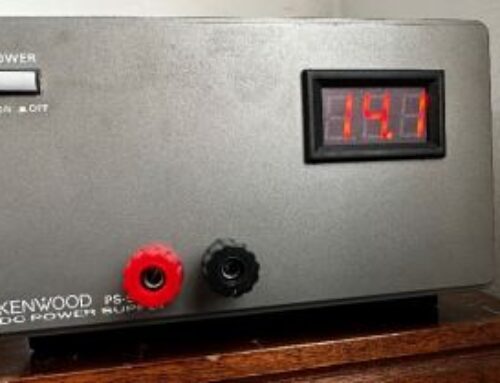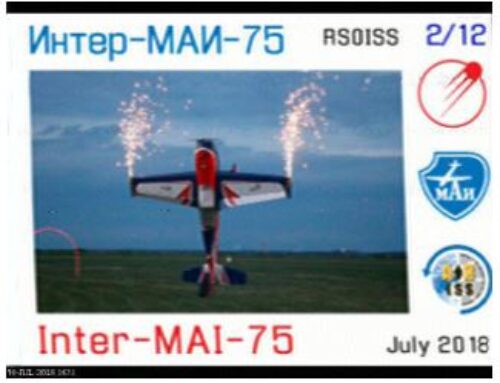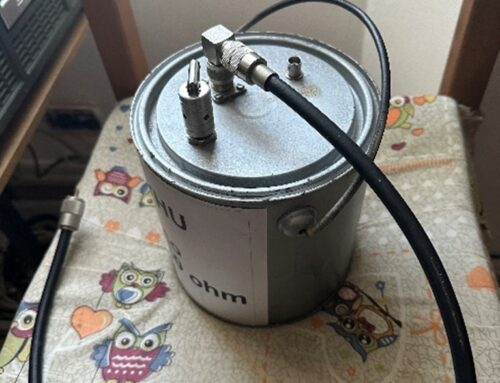|
The first, known as HB9CV, with few modifications, is really compact. You can homebuild it with few parts: four transistor radio antennas, a Bnc, two pieces of aluminium, two insulators and you will have an antenna that fits into your pocket.
Two elements beam, variable polarization, and about 4,5 db gain. With a small telescoping plastic pole it will be a very lightweight ensemble. With the dimensions established, it is better to hard solder the elements so that they maintain their dimension when opening the antenna, and ensure a good electrical contact. Even if the impedance is 75 Ohms, it will not harm the transceiver.
About the collinear, the drawing is self-explanatory. I used the magnet from a discarded loudspeaker not only for an economc reason, but also with the purpose of screwcutting a radial system (a minimum of three, at 120 degrees) in it. They will be useful if the antenna will be used in places other than the car roof. The lenght of the radials is one quarter wavelenght plus 5% Do not fold the radials at 90° and inox solder the loop in the straight part of them.
To avoid excessive vibrations use a larger section for the antenna. The central insulator is built with a piece of plastic tubing of appropriate dimension, cut vertically in two, filled with epoxy resin and left set in perfect vertical position.
A car and table collinear, not very compact but with good performance.
The third antenna is a baby collinear that, if patiently built, will marvel you with it’s efficiency. If you want the best use “N” connectors on the base and on the antenna. If you do this and you intend to built also the antenna of fig. Two you can use “N” connectors on the base of that antenna and use that base for two or more antennas.
Use silver plated copper wire 1,2 mm dia. for the coil. The coil form is made of teflon, screwcut so that the coil will not move under vibration; good soldering throughout and no sharp turns. Fix everything with good quality epoxy. The whip is made of inox steel, other parts chromed or silver plated brass. The coil shield is soldered to the PL (or N) connector.
The two central conical insulators bear 3-4 mm grooves to help the epoxy resin to form a solid mechancal ensemble. On the same pieces use set screws for the winding and for the whip. Make long holes for fine adjustment of the system. Use good quality capacitors with 500 Volts insulation.
The performances are as follows:
VHF gain about 2 Db; UHF gain about 4 Db. Very good bandwidth and SWR 1 : 1,2.
To complete your mobile setup, next is a duplexer useful for home work as well. Duplexers are quite expensive and with a little work we can save money. Build it on printed circuit board, use silver plated copper wire, good quality capacitors mounted on the opposite side of the copper. Enclose in a metal case for shielding. Max power is 50-60 Watts and lossses are quite low.
Suggested dimensions by IK1UWL for an optimized HB9CV:
|





